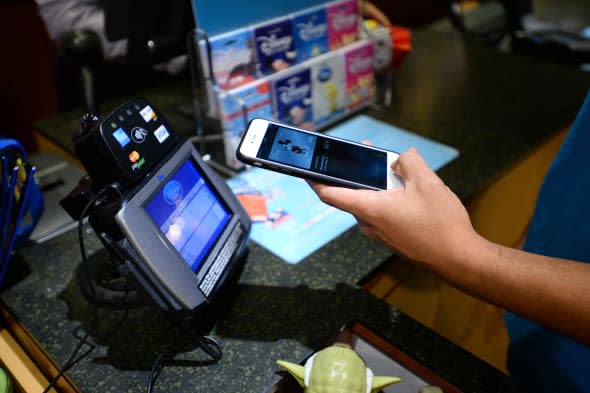For some, Apple Pay is an accessibility tool

Apple has long been a champion of making technology more accessible to the differently abled. From iOS support of Bluetooth braile displays to full screen magnification on both iOS and OS X, there are no shortage of examples which demonstrate Apple's ongoing commitment towards ensuring that its products can be used and enjoyed by all people.
Interestingly, Apple Pay itself may be yet another example.
Two weeks ago, Steven Aquino, who has mild cerebral palsey, described how Apple Pay makes it easier for him to pay for items at check out.
More than security and convenience, Apple Pay has another huge advantage: accessibility. I've used Apple Pay twice now since iOS 8.1 shipped last week, and it's been every bit as easy - and dare I say, magical - as Tim Cook hyped it to be at the September press event. But more than that, Apple Pay has the potential to be such an asset to the disabled. In my case, as someone with low vision and (mild) cerebral palsy, no longer do I have to fumble around my wallet trying to find my credit card or struggle with swiping my card into the terminal. All I do is pull my phone out of my pocket, rest my thumb on the home button, and I'm done. No eye strain, no dexterity issues, nothing. Just tag and go.
Building on that, Aquino yesterday penned a more detailed post on iMore where he talks at greater length about the accessibility perks of using Apple Pay over the more ancient technique of physically swiping a card through a reader. More broadly, Aquino astutely brings up that Apple's penchant for "inclusive design" helps empower users with disabilities, even if it wasn't necessarily the end goal in the first place.

